Nagasaki Tram
The Nagasaki Electric Tramway provides a convenient and
affordable way to travel around the main attractions of Nagasaki-city.
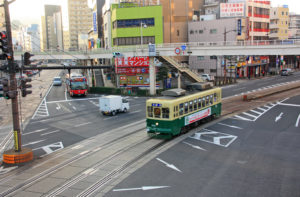 |
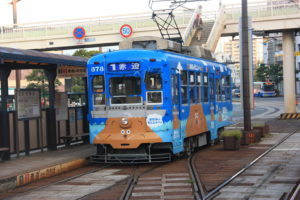 |
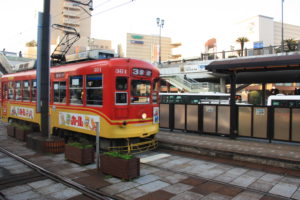 |
April 01, 2025
Attack on Titan / Oyama dam in Hita
The dam in Isayama’s home town, Oyama, in Hita. It is partially operated as a public
park. As part of the project to celebrate ten years of publication for the Attack on Titan
manga, a crowdfunding project was organized by volunteers from Hita city.
Stage one of the bronze statue project, a statue depicting young Eren, Mikasa and
Armin is installed here. Imagining Oyama Dam as Wall Maria, this statue recreates
the opening scene in which Titans first attack!
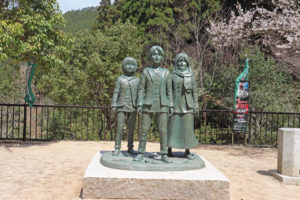 |
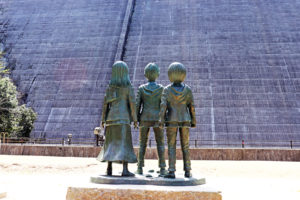 |
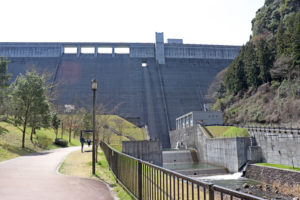 |
March 31, 2025
Open-air Theater Tao-no-oka
In this breathtaking landscape, you will find the “Sky Stage,” where you can experience
a dynamic performance by DRUM TAO, a world-renowned Japanese taiko group .
With no roof or walls, this special stage uses the stunning natural scenery as its backdrop.
It is truly a once-in-a-lifetime experience you can only have here.
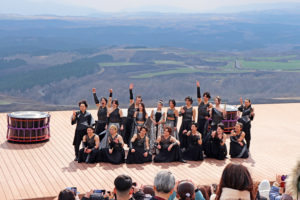 |
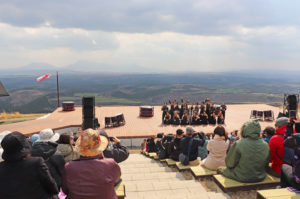 |
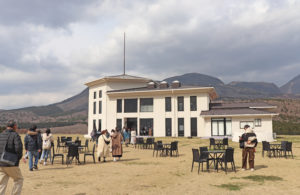 |
March 30, 2025
Kaichu Torii gates
Kaichu Torii gates in the sea have become a popular photo spot when the tide is high.
The “Floating Torii Gate” of Ouo Shrine stands on the shallow area of the ocean in
Tara-cho, which has 6 meter tide difference. It changes its appearance every time you
look at it, and it is a famous tourist spot.
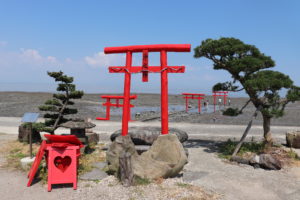 |
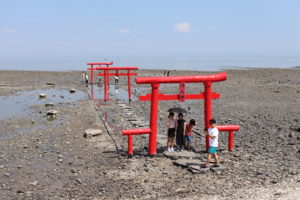 |
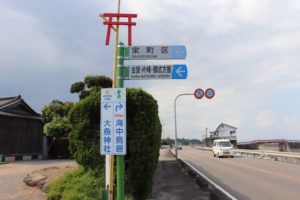 |
March 28, 2025
Kumano Magaibutsu
Hewn in a rock Mt. Tahara are two of largest Buddhist stone carvings in all Japan.
It is located in Kunisaki peninsula. A Fudo-myu-o 8 meter in heigt and Dainich-nyurai
6.8 meter height. Said to have been carved in the Heian period, they have received
government designation as Important Cultural Properties.
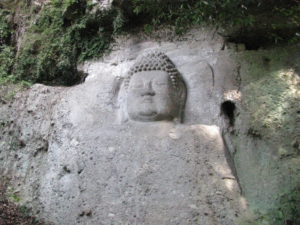 |
 |
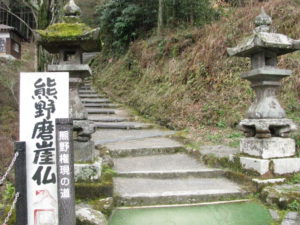 |
March 27, 2025
Imari
Imari is most notable because of Imari porcelain which has 400 years history.
The city borders Arita to the south and embraces the natural port of Imari Bay.
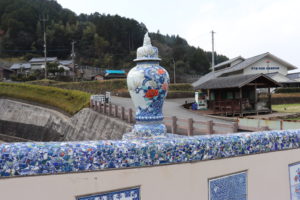 |
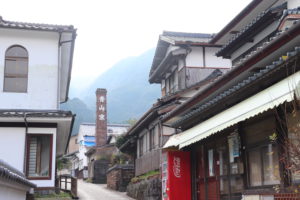 |
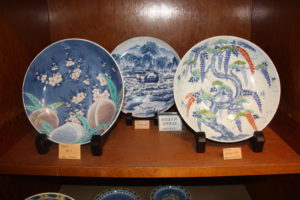 |
March 26, 2025
Elementary school students tour
We have operated Elementary school students tour for Kitakyushu citizen and
enjoyed in Fureaino-mori park in Munakata.
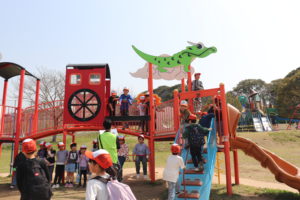 |
 |
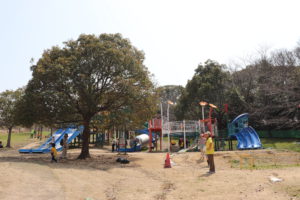 |
March 25, 2025
Sanno Shrine / Torii gate with single column
The Sanno Shrine, situated 900 m from the center of the blast, was instantly
obliterated by the explosion and the 4000°C heat wave vaporized nearby trees.
The only thing that remained is the Torii gate standing on a single column,
reminding us of the tragedy that took place.
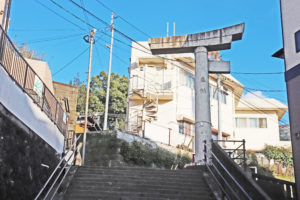 |
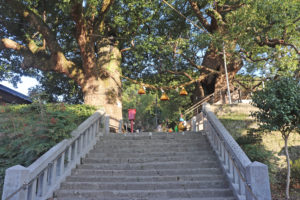 |
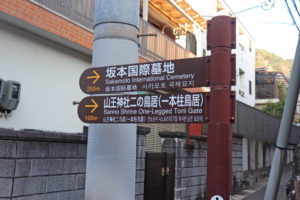 |
March 24, 2025
Hiraodai Karst Plateau
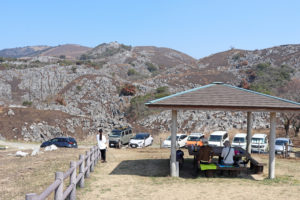 |
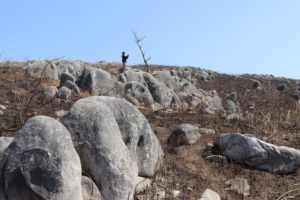 |
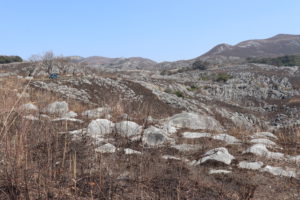 |
March 23, 2025
Lunch at Kokura Station
I took a lunch today at inside of JR Kokura Station, the menu is Genkai Udon which
is a local cuisine.
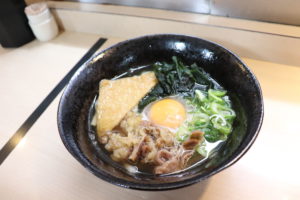 |
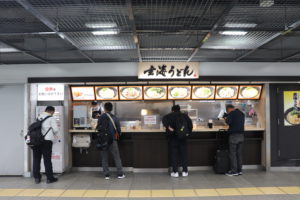 |
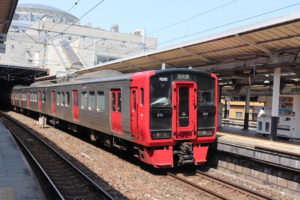 |
March 22, 2025
